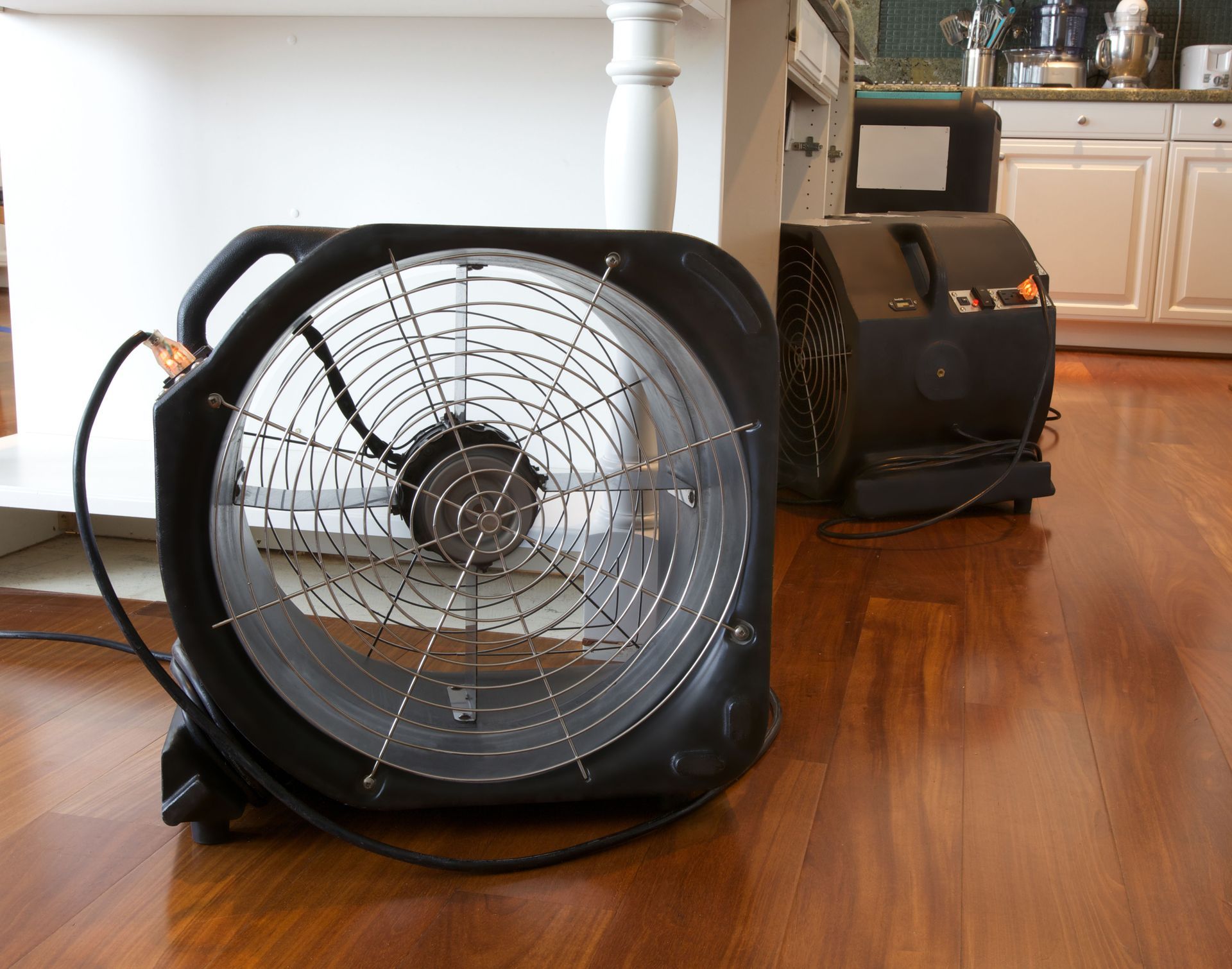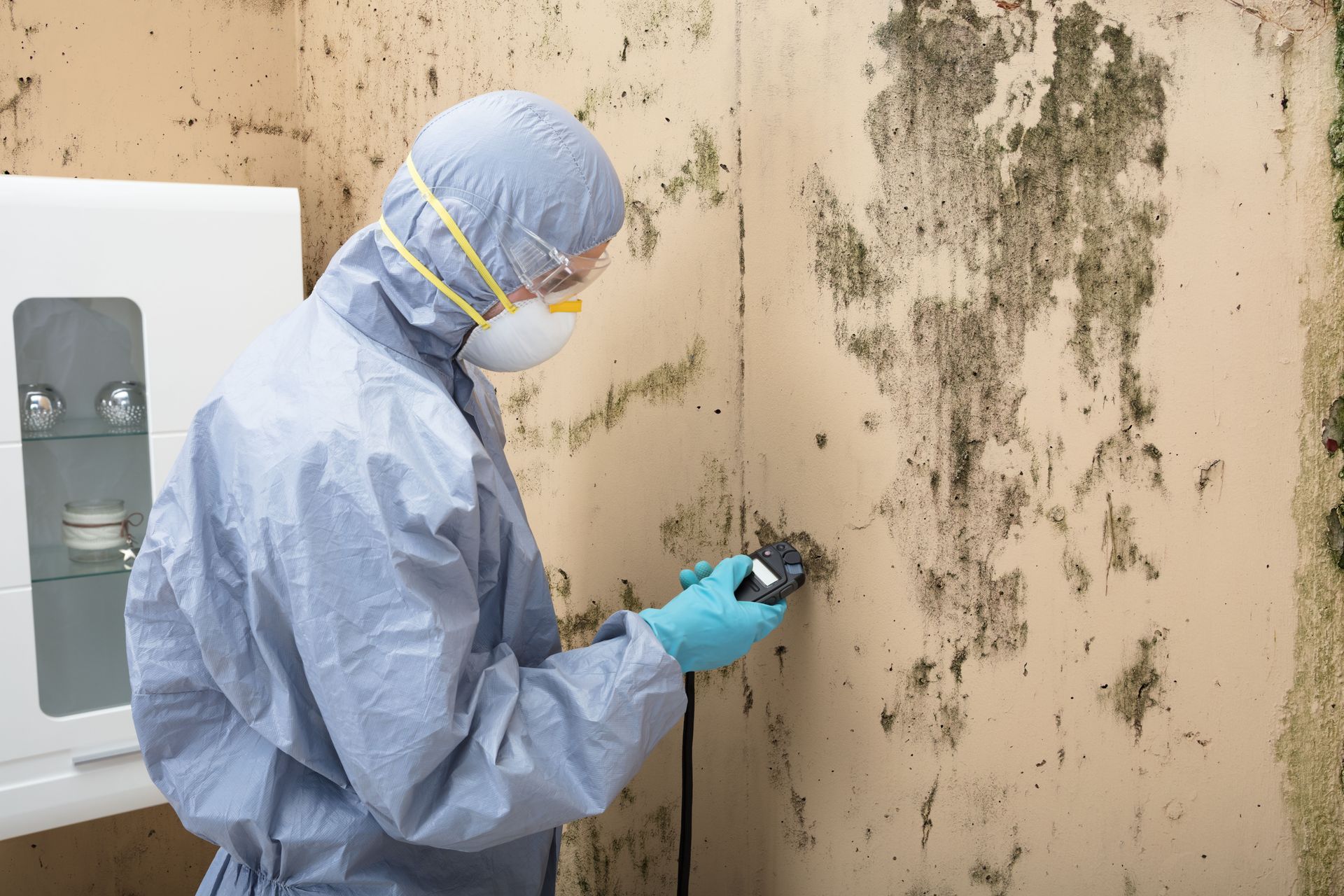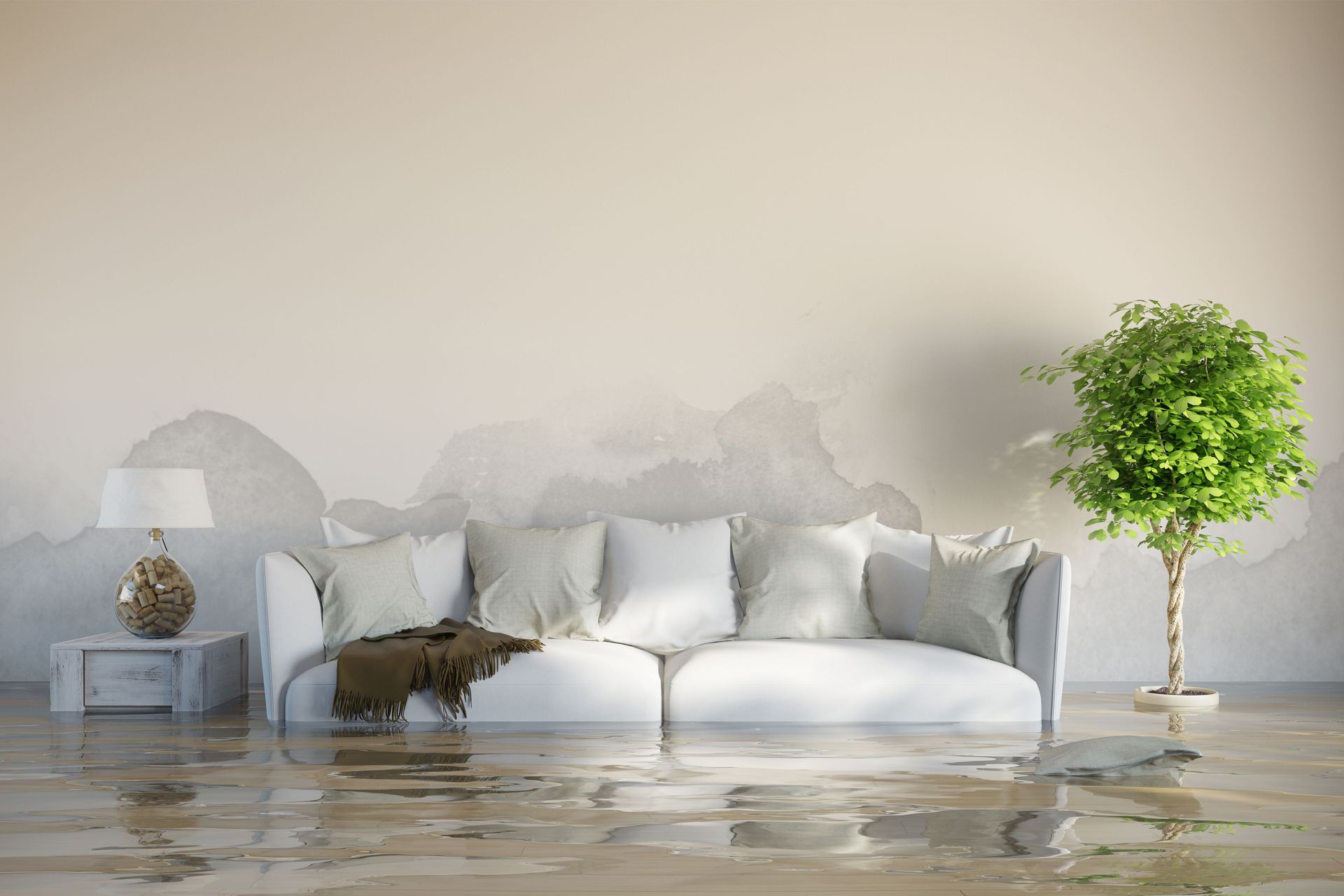Common Types of Property Damage Restoration
Property damage can occur suddenly and without warning, leaving homeowners and business owners facing both emotional and financial challenges. From burst pipes and fires to mold outbreaks and biohazard situations, every type of property damage requires a specific and professional response. Damage restoration plays a crucial role in helping property owners recover swiftly and safely after a disaster. It involves assessing, repairing, and restoring the property to its pre-loss condition while ensuring the environment remains safe and habitable.
Professional damage restoration services not only repair physical structures but also help prevent long-term issues such as mold growth, lingering odors, or structural instability. Understanding the different types of property damage restoration available can help property owners act quickly and make informed decisions when emergencies strike.
What Are the Most Common Types of Property Damage Restoration?
Property damage can take many forms, each with its own set of challenges and restoration needs. The most common types include water damage restoration, fire damage restoration, mold remediation, and biohazard cleanup. Each requires specialized tools, methods, and expertise to ensure the property is fully restored.
Damage restoration specialists are trained to evaluate the extent of damage, remove hazardous materials, and implement solutions that restore the property to a safe, functional state. Water and fire damage are among the most prevalent, but mold growth and biohazard contamination can also pose serious risks if not addressed immediately.
Whether it’s the aftermath of a flood, a kitchen fire, or a leaking roof that encourages mold growth, professional restoration services can mitigate the damage and reduce the overall cost of repairs.
How Is Water Damage Restoration Handled?
Water damage is one of the most common reasons property owners seek damage restoration services. It can result from natural disasters like floods or internal issues such as broken pipes, leaking appliances, or overflowing drains. The longer water remains in a structure, the more extensive the damage becomes. Materials such as drywall, insulation, and flooring absorb moisture quickly, leading to warping, deterioration, and mold growth.
Effective water
damage restoration begins with an emergency response. Professionals use industrial-grade pumps and vacuums to remove standing water before it seeps deeper into the building materials. Once extraction is complete, dehumidifiers and air movers are deployed to dry the affected areas thoroughly.
After drying, restoration teams perform a detailed inspection to determine what materials can be salvaged and what must be replaced. Carpets, furniture, and personal items are cleaned or discarded depending on the level of contamination. The final step often includes sanitization and deodorization to prevent microbial growth and eliminate any residual odors.
Timely water damage restoration is essential because moisture creates ideal conditions for mold to thrive. According to the Environmental Protection Agency, mold can begin growing on surfaces within 48 hours, emphasizing the need for rapid action. Without proper remediation, water damage can lead to costly structural repairs and pose health risks to occupants.
Why Is Timely Fire Damage Restoration Crucial?
Fires can be devastating, leaving behind not only visible damage but also hidden dangers such as smoke residue and weakened structures. Immediate damage restoration after a fire is critical to minimize long-term consequences and restore safety to the property.
Once the fire is extinguished, restoration specialists begin by securing the property. This may involve boarding up windows, covering exposed roofs, and assessing structural integrity. Firefighters’ efforts to put out the flames often result in additional water damage, so the initial stage typically includes water extraction and drying.
The next phase involves soot and smoke removal. Smoke particles can embed themselves deep into walls, ceilings, and furniture, creating persistent odors and potential respiratory hazards. Specialized cleaning agents and equipment are used to neutralize odors and remove soot from surfaces.
Prompt fire damage restoration also helps prevent corrosion and discoloration caused by acidic soot residues. The faster the cleanup begins, the better the chances of saving valuable belongings and restoring the property’s aesthetic and structural integrity.
Beyond physical restoration, professional services help homeowners navigate the insurance claims process, ensuring accurate documentation of losses and expenses. This support can make recovery smoother and less overwhelming.
What Does Mold Damage Restoration Involve?
Mold growth is a common consequence of water damage or excessive humidity. If left untreated, mold can compromise indoor air quality, damage structural materials, and trigger health issues such as allergies and respiratory irritation. Mold damage restoration requires specialized expertise to ensure safe and complete removal.
The process begins with inspection and assessment. Restoration technicians identify the extent of contamination using advanced tools like moisture meters and infrared cameras. Once affected areas are identified, containment barriers are set up to prevent mold spores from spreading to unaffected spaces.
During remediation, technicians use HEPA vacuums, air scrubbers, and antimicrobial treatments to remove mold colonies from surfaces. Porous materials such as drywall and carpeting that cannot be fully cleaned, are usually removed and replaced. After removal, the area is dried and treated to prevent future growth.
Because mold can start developing in as little as 48 hours after water exposure, acting quickly is vital. Comprehensive damage restoration not only eliminates visible mold but also addresses the source of moisture to prevent recurrence. This proactive approach safeguards both property value and occupant health.
How Is Biohazard and Trauma Clean-Up Addressed?
Biohazard and trauma cleanup is one of the most sensitive and challenging aspects of damage restoration. It often involves cleaning and decontaminating spaces affected by events such as unattended deaths, crime scenes, or hazardous chemical spills. These situations demand a compassionate and methodical approach due to the emotional weight and health risks involved.
Professionals handling biohazard restoration adhere to strict safety and regulatory standards. They use personal protective equipment (PPE), specialized cleaning agents, and disposal methods to ensure that all biological materials are safely removed. Once the contaminated materials are cleared, the area undergoes thorough sanitization and deodorization to restore a safe environment.
In addition to physical cleaning, biohazard damage restoration may include structural repairs if flooring, walls, or fixtures have been affected. Restoration experts also work discreetly to minimize disruption and maintain the privacy and dignity of those impacted.
Because these incidents can pose severe health hazards, only trained professionals must manage the cleanup process. Attempting to clean or disinfect these areas without proper equipment and training can spread contaminants and create additional risks.
Why Are Professional Damage Restoration Services Important?
Whether dealing with water, fire, mold, or biohazard situations, the role of professional damage restoration cannot be overstated. Professionals bring specialized equipment, training, and certifications to handle complex restoration tasks safely and effectively. They not only repair the damage but also help prevent future problems, offering long-term protection for property investments.
A key advantage of professional damage restoration is the speed and efficiency of the response. When emergencies occur, immediate action limits secondary damage—such as mold after flooding or corrosion after a fire—and reduces overall repair costs. Restoration teams coordinate every aspect of recovery, from assessment and debris removal to reconstruction and final inspection.
Working with experts also provides peace of mind. Restoration professionals adhere to industry standards and use advanced technology to restore properties to their pre-loss condition. Their experience with insurance claims ensures that property owners receive fair compensation and proper documentation throughout the process.
Ultimately, investing in timely and comprehensive damage restoration services preserves not just the physical structure of a property but also the safety and well-being of its occupants.
Property damage can occur in many forms, each requiring a unique and professional response to ensure a safe and complete recovery. From rapid water extraction and fire cleanup to mold remediation and biohazard removal, effective damage restoration protects both property and people. Acting quickly and relying on certified professionals can make all the difference between temporary repairs and lasting restoration. If you need restoration services you can rely on, reach out to MGM Recovery today!






Share On: